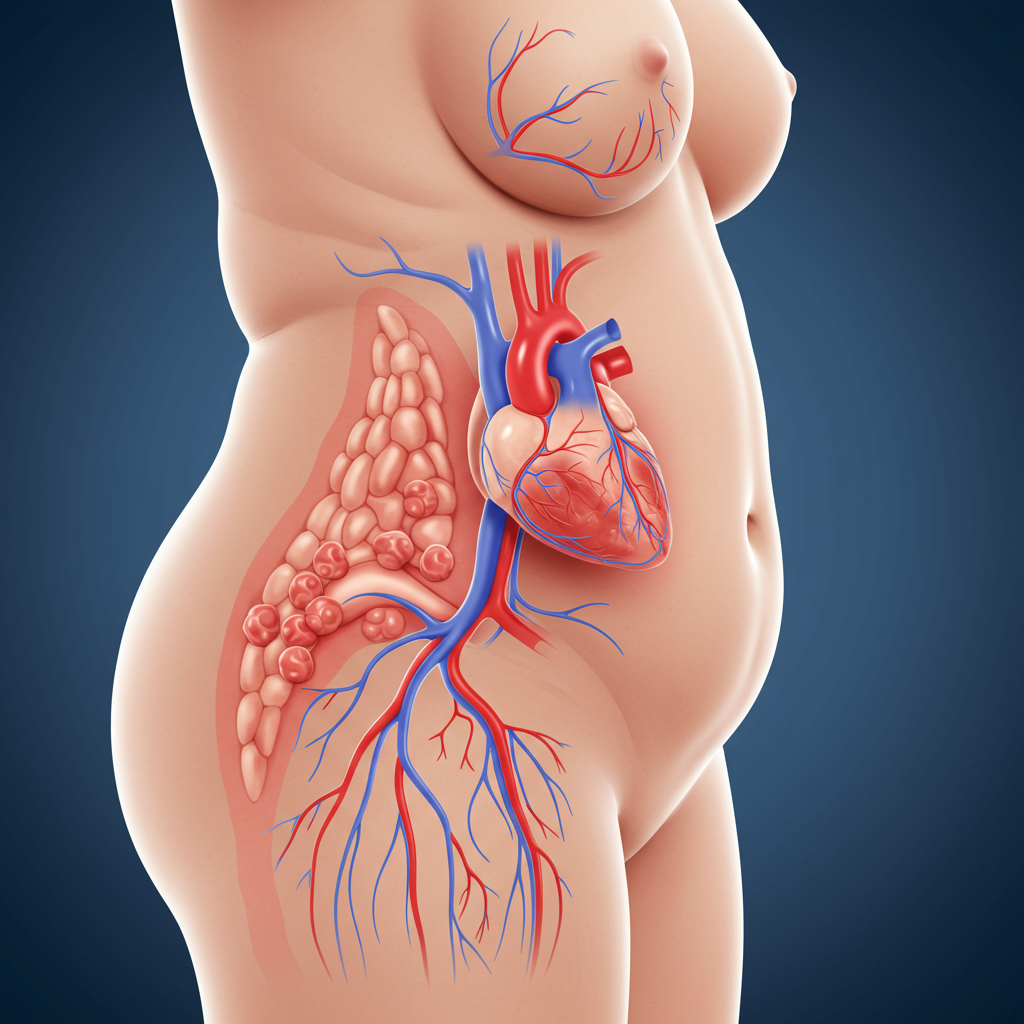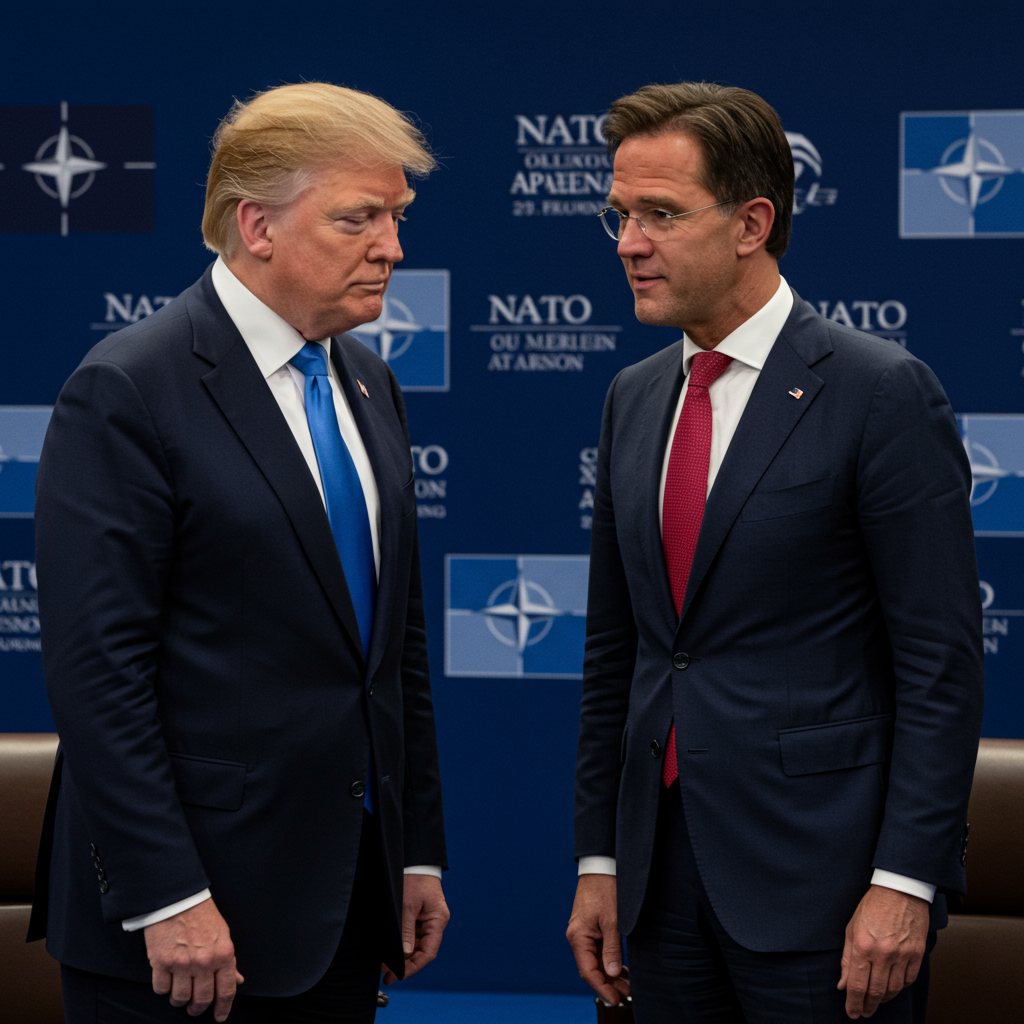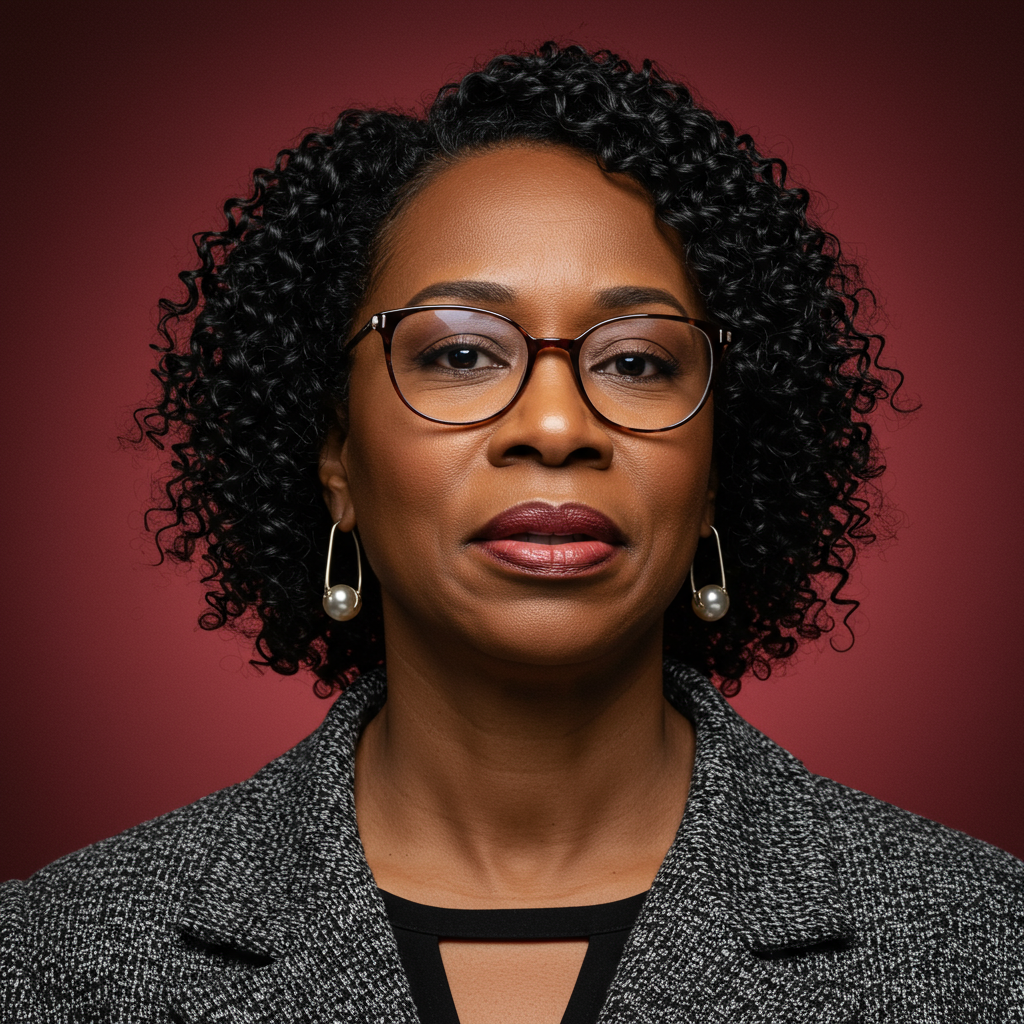Nestled in the majestic Canadian Rockies, a luxury mountain lodge hosts leaders from the world’s wealthiest nations for this year’s G7 summit in Kananaskis, Alberta. As Canada takes the chair, led by Prime Minister Mark Carney in his first major international gathering, the elite assembly convenes against a backdrop of intense global turbulence, from active conflicts across three continents to widespread economic uncertainty.
This summit was poised to be a crucial test for Carney, challenging him to advance ambitious goals for Canada on the global stage: asserting leadership, strengthening its economy to be a G7 powerhouse, and lessening reliance on the United States. However, carefully planned priorities have been significantly upended by unforeseen international developments.
Middle East Tensions Reshape the Agenda
Originally focused on streamlined priorities around the global economy and security, Canada’s agenda has been dramatically reshaped. The recent escalation of the Israel-Iran conflict has abruptly surged to the forefront of discussions, now dominating the summit talks. This sudden shift presents a major challenge, forcing leaders to concentrate heavily on managing this volatile Middle East situation amidst concerns over global security and economic risks, including the potential for soaring oil prices if the conflict escalates.
Achieving a unified G7 stance on the Middle East proves tricky. While some leaders advocate strongly for de-escalation and restraint, perspectives diverge, highlighting the difficulty in presenting a completely united front.
The Thorny Relationship with Donald Trump
A central challenge for Carney is navigating his interactions with US President Donald Trump. Returning to the G7 stage for the first time since his inauguration, Trump’s presence looms large, especially given his past actions, including frequently undermining Canada’s sovereignty and initiating a global trade war characterized by tariffs.
The summit takes place as the World Bank forecasts the slowest decade for global economic growth since the 1960s, partly attributed to the impact of US tariffs. These economic tensions are expected to fuel challenging – or, in diplomatic speak, “frank” – conversations.
Carney will be closely watched on how he handles the US President, particularly given the tumultuous history of the 2018 G7 summit in Charlevoix, Quebec. That Canadian-hosted gathering, following Trump’s imposition of steel and aluminum tariffs on allies, dissolved in acrimony and disarray, famously captured in a photo of then-German Chancellor Angela Merkel confronting a defiant Trump. Leaders struggled to agree on language for a final communique before Trump departed early, posting critical messages from Air Force One targeting the then-Canadian Prime Minister.
Learning from that experience, Carney emphasized the importance of consistency in communication. To foster consensus and potentially sidestep divisive disagreements, Canada has strategically chosen to forgo a single comprehensive final communique. Instead, the focus will be on releasing six shorter, action-oriented joint statements covering specific key agenda items.
The question of the G7’s fundamental relevance with Trump’s return – whether it functions as a cohesive “steering committee” for the free world or merely an “awkward family gathering” – underlies the entire summit. Observers will assess whether Trump aims for a statesmanlike image or is inclined to revisit past disputes, testing the group’s unity in an era where he appears to favor bilateral deals over multilateral consensus.
Canada’s Core Priorities Amidst the Noise
Despite the dominating headlines from the Middle East, Canada is steering discussions towards strengthening economies and bolstering peace and security. Key priorities include harnessing the power of artificial intelligence and fortifying critical mineral supply chains – areas where Canada seeks to leverage its own resources and reduce reliance on others, including the US. Prime Minister Carney’s broader domestic agenda, which includes boosting defence spending to meet NATO targets and building national energy infrastructure, provides context for these international goals.
While broad commitments on climate change are not anticipated, the issue is integrated into the agenda, notably through collaborative efforts to enhance the international response to the growing threat of forest fires. With Canada experiencing its worst wildfire season on record in 2023 and potentially another severe year, the sight of smoke could serve as a visible reminder to delegates.
Other Pressing Global Issues
Ukraine: Ukrainian President Volodymyr Zelensky is a key guest, seeking continued support, additional sanctions against Russia, and financing for reconstruction. Tuesday morning is dedicated to this conflict, with Ukraine expected to push for tougher measures against Moscow, including potentially lowering the price cap on Russian oil and implementing strong economic sanctions.
Countering Foreign Interference: Addressing interference in global diaspora communities is another high-priority item for Carney, potentially leading to sensitive discussions, particularly with some non-G7 leaders present.
A Diverse Gathering of Global Leaders
As host, Canada has extended invitations beyond the permanent G7 members, bringing a range of international figures to Kananaskis. Ukrainian President Zelensky is among them, highlighting the summit’s focus on the conflict.
Indian Prime Minister Narendra Modi is also attending, despite deeply strained relations between Canada and India following Canada’s public accusation that India was involved in the 2022 murder of a Sikh separatist leader on Canadian soil. Carney noted the importance of India’s participation as a major economic force. Modi’s invitation has drawn backlash from some Sikh Canadians.
Mexico’s President Claudia Sheinbaum will also be present, setting the stage for her first meeting with President Trump and anticipated talks on North American trade, which has been complicated by Trump’s tariffs.
The guest list also includes leaders from Europe, NATO, Australia, South Africa, South Korea, Indonesia, and Brazil, underscoring the interconnected nature of the challenges being addressed.
This G7 summit in the Rockies is more than just a meeting of economic powers; it’s a high-stakes test of diplomacy, unity, and leadership for Canada and Prime Minister Carney, navigating a complex web of global crises and powerful personalities.




